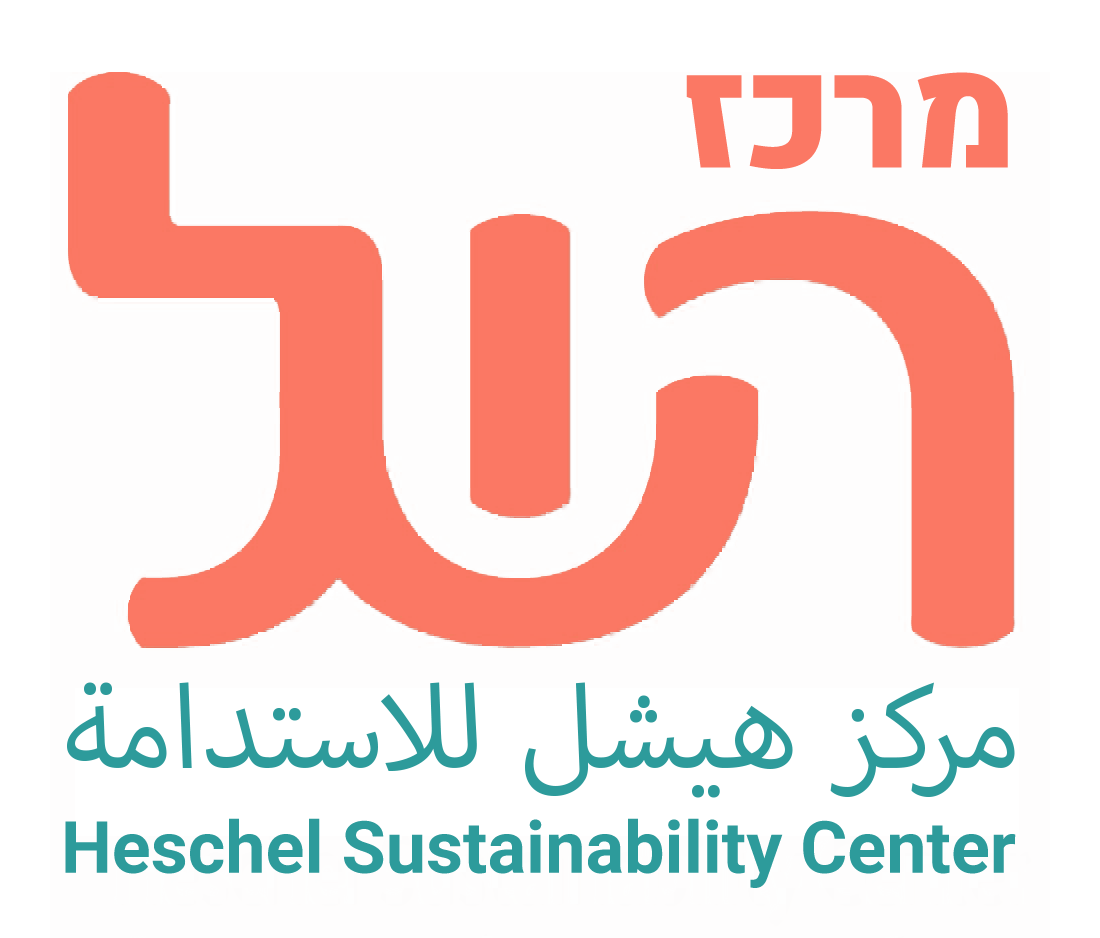Rony Erez, Ha’aretz, April 22, 2021
The supertanker approach has taken over Israel. The terrible fire on Mount Carmel about a decade ago could have been prevented had there been a proper firefighting system in place, but no one listened to the warnings back then. Prime Minister Netanyahu is proud of the fact that during the fire, his office found out via Google that there are huge airplanes that can put out fires; but by the time the supertanker arrived, the fire was mostly extinguished anyway. COVID-19 is a closer and more painful example of the same idea. Why reinforce the health services in advance, or implement reasonable, consistent policies in closing off the country’s borders? In the end, the vaccines arrived and put out the fire of the pandemic. In both instances, the solution arrived only after there was already extensive damage and after we buried our dead.
Yet, uncharacteristic of the regular local trend, at the beginning of this week, Energy Minister Yuval Steinitz held a press conference to announce a new road map for the energy industry until 2050. Reason for optimism? Unfortunately, not really. Looking carefully at the Ministry of Energy’s road map, it is difficult to find clear, concrete objectives for 2050, the kind that will bring us closer to the goal of zero carbon emissions and air pollution.
The booklet published by the Ministry of Energy, and the minister at the press conference presenting the plan, provided a range of explanations why it is difficult to plan so far in advance until 2050. “I might get a nice headline in the newspaper, but it’s not serious,” Steinitz said, explaining Israel’s conservative plans to reduce emissions hazardous to humans and to the environment. Steinitz also chose to attack those who think that it is possible to set a goal in Israel of full, or almost full, electricity production from renewable energies.
Steinitz warned against those who speak of producing 90% and 100% of the electricity from renewable energies, claiming that they “forget” that about a million dunams are necessary to do so. In order to increase concerns against the vision of electricity produced entirely from renewable energies, Steinitz even told a story about a “scientist” who suggested that he cover the entire Sea of Galilee with solar panels, leaving a small strip on the beaches for bathing. “We need open areas too,” the minister explained.
In order to be among “those who talk of 100% electricity production from renewable energies,” a forward-looking vision is definitely necessary. This is why we at the Heschel Center for Sustainability have been running a project called “NZO” for the past few years. The project sets a vision of Net Zero Emissions, meaning zero emissions that are hazardous to humans and the environment in Israel by 2050. The name of the project is a reminder to us that if we will it, it is no dream.
As part of the project, a large group of men and women – leaders in the field of environment and energy from academic and professional backgrounds, have researched and examined possible scenarios for Israel’s energy future. The project’s unequivocal conclusion is that it is possible to realize the goal of 95% supply of the energy demand in 2050 with renewable energies – at costs similar to the “business as usual” scenario, which includes the establishment of new pollution-spreading power plants.
Skeptics will have their doubts and wonder whether we will need to expropriate a million dunams of open areas for this purpose. The answer is no. After mapping out the land, we have seen that there is no need to expropriate any additional open areas at all. The areas that were already allocated are sufficient, and most of the solar supply systems that will be needed can be installed in areas where the land is already being used: constructed, utilized areas in the cities, towns and in-between.
The rooftop areas of residential and commercial buildings that will be built in Israel until 2050 are expected to reach 445 thousand dunams. The constantly-improving technical capabilities and the use of solar panels installed on the building in advance will allow for solar panels to be placed on a large amount of this area. The same is true regarding the external façades of these buildings. We estimate that by 2050, about 136 thousand dunams of walls of residential and commercial buildings will be constructed, which may be used to install solar systems.
And so forth – it is possible to place solar awnings over city streets and intercity highways, to take advantage of the areas of sport, tourism, and leisure complexes, areas and rooftops in army bases, and even to place solar awnings above agricultural crops, based on the results from a number of experimental projects around the world. The solar potential for double-purpose use of constructed areas in Israel is very high, and could supply almost all of the demand for electricity in Israel.
Our research indicates that, in contrast with Minister Steinmetz’s claims, the goal of supplying the demand for electricity using renewable energies is possible. But even more than being possible, it is necessary, and the question is not “if,” but rather “how.” No supertanker can solve the climate crisis. The western world will switch to renewable fuels and set high goals for itself, and we must ask ourselves where we would like to position ourselves regarding this international trend – do we want to be advancing breakthrough technologies, setting an example and being an inspiration, benefiting from the advantages of energy independence and decentralization of power? Or, will we find ourselves outside of the playing field? Now is the time to begin preparing for a future that seems so far away and to remember – if we will it, it is no dream.
The author is the Co-CEO of the Heschel Center for Sustainability
To read the article in Hebrew:
